A Complete Guide to the AIMONICA Transaction Process
Introduction to AIMONICA Transactions
AIMONICA transactions represent the fundamental way value is transferred within the decentralized network of this digital asset. Unlike traditional financial transactions that rely on intermediaries and centralized authorities, AIMONICA transactions operate on a peer-to-peer basis secured by cryptographic verification. Each AIMONICA transaction is recorded on the AIMONICA distributed ledger, making it transparent and immutable.
For investors, traders, and everyday users of AIMONICA, understanding how AIMONICA transactions work is crucial for ensuring funds are transferred securely, optimizing for lower fees, and troubleshooting any issues that might arise. Whether you're sending AIMONICA tokens to another wallet, trading on an exchange, or interacting with decentralized applications, transaction knowledge serves as your foundation for effective AIMONICA management.
AIMONICA transactions offer several distinctive advantages, including settlement times as quick as a few seconds without intermediaries, the ability to send value globally without permission from financial institutions, and programmable transfer logic through smart contracts. However, they also require users to understand the irreversible nature of AIMONICA blockchain transactions and take responsibility for proper address verification before sending.
How AIMONICA Transactions Work: Technical Fundamentals
At its core, AIMONICA operates on the Solana blockchain, where AIMONICA transactions are bundled into blocks and cryptographically linked to form an unbroken chain of records. When you initiate an AIMONICA transaction, it gets verified by network validators who confirm that you actually own the AIMONICA tokens you're attempting to send by checking your digital signature against your public key.
The consensus mechanism on Solana is based on a combination of proof-of-history and proof-of-stake, ensuring that all network participants agree on the valid state of AIMONICA transactions and preventing issues like double-spending. This consensus is achieved through stake-weighted voting, requiring token holdings to secure the network.
Your AIMONICA wallet manages a pair of cryptographic keys: a private key that must be kept secure at all times, and a public key from which your wallet address is derived. When sending AIMONICA, your wallet creates a digital signature using your private key, proving ownership without revealing the key itself—similar to signing a check without revealing your signature pattern.
Transaction fees for AIMONICA are determined by network congestion, transaction size/complexity, and the priority level requested by the sender. These fees serve to compensate validators for their work, prevent spam attacks on the AIMONICA network, and prioritize transactions during high demand periods. The AIMONICA fee structure works by specifying a fee per transaction, with the Solana network known for its low transaction costs.
Step-by-Step AIMONICA Transaction Process
The AIMONICA transaction process can be broken down into these essential steps:
Step 1: Prepare Transaction Details
- Specify the recipient's address, an alphanumeric string of 44 characters starting with "So..." (for Solana addresses)
- Determine the exact amount of AIMONICA to send
- Set an appropriate transaction fee based on current AIMONICA network conditions
- Most AIMONICA wallets provide fee estimation tools to balance cost and confirmation speed
Step 2: Sign the Transaction
- Your wallet constructs a digital message containing sender address, recipient address, amount, and fee information
- This message is cryptographically signed using your private key
- The signing process creates a unique signature that proves you authorized the AIMONICA transaction
- This entire process happens locally on your device, keeping your private keys secure
Step 3: Broadcast to Network
- Your wallet broadcasts the signed AIMONICA transaction to multiple nodes in the AIMONICA network
- These nodes verify the transaction's format and signature
- Verified AIMONICA transactions are relayed to other connected nodes
- Within seconds, your AIMONICA transaction propagates across the entire network
- Your transaction now sits in the memory pool (mempool) awaiting inclusion in a block
Step 4: Confirmation Process
- AIMONICA validators select transactions from the mempool, prioritizing those with higher fees
- Once included in a block and added to the blockchain, your AIMONICA transaction receives its first confirmation
- Each subsequent block represents an additional confirmation
- Most services consider an AIMONICA transaction fully settled after 1–2 confirmations on Solana
Step 5: Verification and Tracking
- Track your AIMONICA transaction status using blockchain explorers by searching for your transaction hash (TXID)
- These explorers display confirmation count, block inclusion details, fee paid, and exact timestamp
- For AIMONICA, popular explorers include Solscan and Solana Explorer
- Once fully confirmed, the recipient can safely access and use the transferred AIMONICA funds
Transaction Speed and Fees Optimization
AIMONICA transaction speeds are influenced by network congestion, the fee amount you're willing to pay, and the blockchain's inherent processing capacity of up to 65,000 transactions per second (Solana benchmark). During periods of high AIMONICA network activity, such as major market movements or popular NFT mints, completion times can increase from the usual few seconds to several minutes unless higher fees are paid.
The fee structure for AIMONICA is based on Solana's specific fee calculation method, which is typically a fixed, very low fee per transaction. Each AIMONICA transaction requires computational resources to process, and fees are essentially bids for inclusion in the next block. The minimum viable fee changes constantly based on network demand, with AIMONICA wallets typically offering options such as economy, standard, and priority to match your urgency needs.
To optimize AIMONICA transaction costs while maintaining reasonable confirmation times, consider transacting during off-peak hours when AIMONICA network activity naturally decreases, typically weekends or between 02:00–06:00 UTC. You can also batch multiple operations into a single AIMONICA transaction when the protocol allows, utilize layer-2 solutions or sidechains for frequent small transfers, or subscribe to fee alert services that notify you when AIMONICA network fees drop below your specified threshold.
Network congestion impacts AIMONICA transaction times and costs significantly, with AIMONICA's block time of approximately 400 milliseconds serving as the minimum possible confirmation time. During major market volatility events, the mempool can become backlogged with thousands of pending AIMONICA transactions, creating a competitive fee market where only transactions with premium fees get processed quickly. Planning non-urgent AIMONICA transactions for historical low-activity periods can result in fee savings of 50% or more compared to peak times.
Common Transaction Issues and Solutions
Stuck or pending AIMONICA transactions typically occur when the fee set is too low relative to current network demand, there are nonce sequence issues with the sending wallet, or AIMONICA network congestion is extraordinarily high. If your AIMONICA transaction has been unconfirmed for more than 1 hour, you can attempt a fee bump/replace-by-fee if the protocol supports it, use a transaction accelerator service, or simply wait until network congestion decreases as most AIMONICA transactions eventually confirm or get dropped from the mempool after a specific period.
Failed AIMONICA transactions can result from insufficient funds to cover both the sending amount and transaction fee, attempting to interact with smart contracts incorrectly, or reaching network timeout limits. The most common error messages include "insufficient balance," "invalid signature," and "transaction expired," each requiring different remediation steps. Always ensure your AIMONICA wallet contains a buffer amount beyond your intended transaction to cover unexpected fee increases during processing.
AIMONICA's blockchain prevents double-spending through its consensus protocol, but you should still take precautions like waiting for the recommended number of confirmations before considering large AIMONICA transfers complete, especially for high-value transactions. The protocol's design makes AIMONICA transaction reversal impossible once confirmed, highlighting the importance of verification before sending.
Address verification is critical before sending any AIMONICA transaction. Always double-check the entire recipient address, not just the first and last few characters. Consider sending a small test amount of AIMONICA before large transfers, using the QR code scanning feature when available to prevent manual entry errors, and confirming addresses through a secondary communication channel when sending to new recipients. Remember that AIMONICA blockchain transactions are generally irreversible, and funds sent to an incorrect address are typically unrecoverable.
Security best practices include using hardware wallets for significant AIMONICA holdings, enabling multi-factor authentication on exchange accounts, verifying all AIMONICA transaction details on your wallet's secure display, and being extremely cautious of any unexpected requests to send AIMONICA. Be aware of common scams like phishing attempts claiming to verify your AIMONICA wallet, fake support staff offering transaction help in direct messages, and requests to send AIMONICA tokens to receive a larger amount back.
Conclusion
Understanding the AIMONICA transaction process empowers you to confidently navigate the AIMONICA ecosystem, troubleshoot potential issues before they become problems, and optimize your usage for both security and efficiency. From the initial creation of an AIMONICA transaction request to final confirmation on the blockchain, each step follows logical, cryptographically-secured protocols designed to ensure trustless, permissionless value transfer. As AIMONICA continues to evolve, transaction processes will likely see greater scalability through advanced AI-driven analytics, reduced fees via protocol upgrades, and enhanced privacy features. Staying informed about these AIMONICA developments through official documentation, community forums, and reputable news sources will help you adapt your transaction strategies accordingly and make the most of this innovative digital asset.
Popular Articles
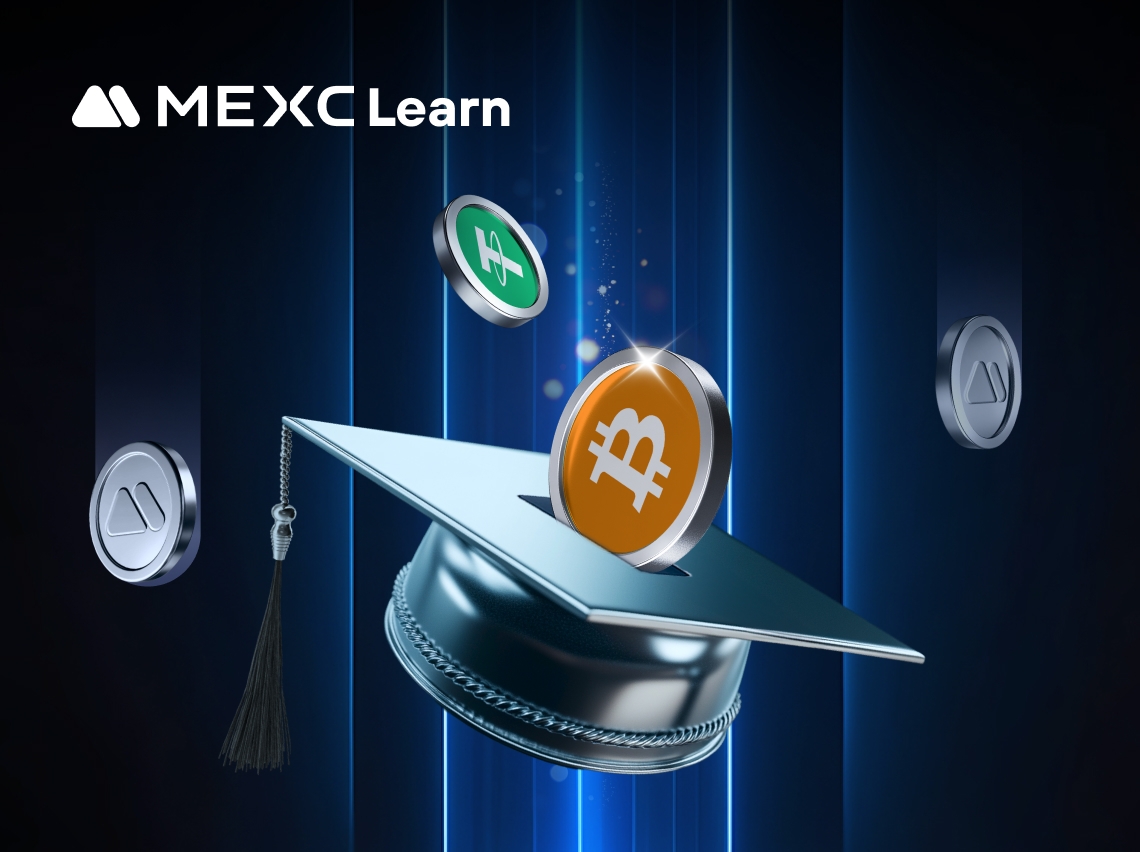
Is It a Good Time to Buy Bitcoin? What You Need to Know
Bitcoin's price movements keep investors guessing about the right moment to enter the market. This article examines the key factors that influence Bitcoin investment decisions, including market condit
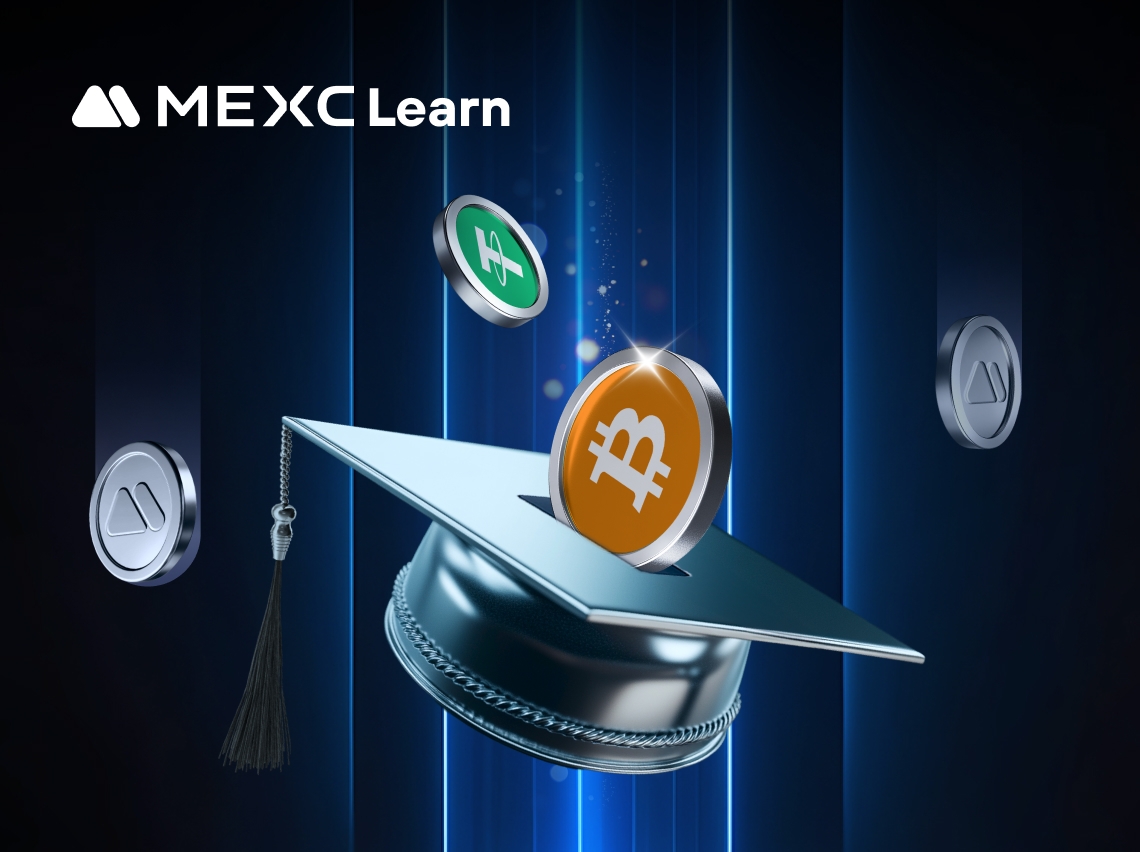
When Will the Last Bitcoin Be Mined? Complete Timeline Explained
Bitcoin has a fixed supply cap of 21 million coins, hardcoded into its protocol to create digital scarcity similar to gold. If you've wondered when the last bitcoin will be mined, the answer is around

What Does BTC Stand For? Your Bitcoin Starting Point
If you've been scrolling through financial news or social media lately, you've probably seen "BTC" pop up everywhere. Maybe you're wondering what this three-letter code actually means, or why

What is Fogo (FOGO)? The Complete Guide to the Ultra-Low-Latency SVM Layer-1
TL;DR1) Fogo is a high-performance Layer-1 blockchain fully compatible with the Solana Virtual Machine (SVM), built for extremely low-latency execution of DeFi applications.2) Its custom Firedancer-ba
Hot Crypto Updates
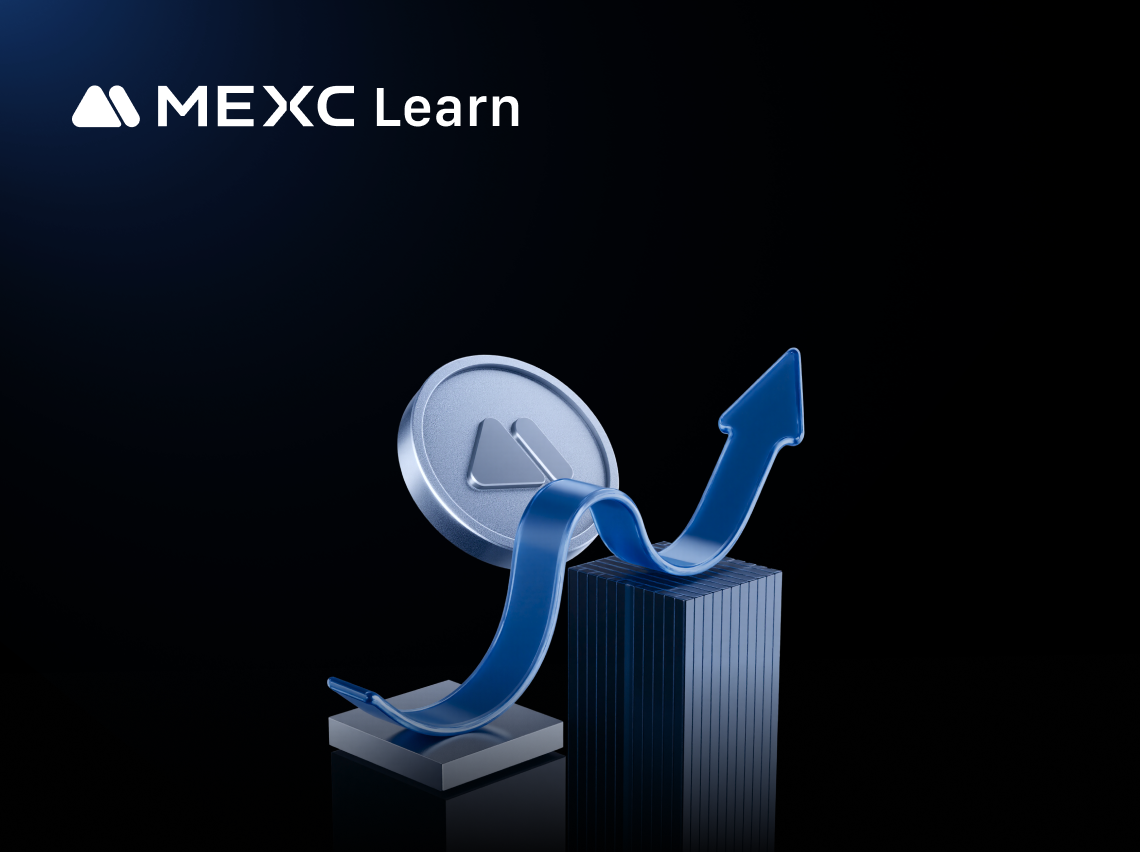
What is Jesse (JESSE)? 2026 Price Prediction & Trading Guide
Executive Summary Jesse (JESSE) is an open-source algorithmic trading framework for cryptocurrencies, providing professional quantitative trading solutions. As an innovative application of blockchain
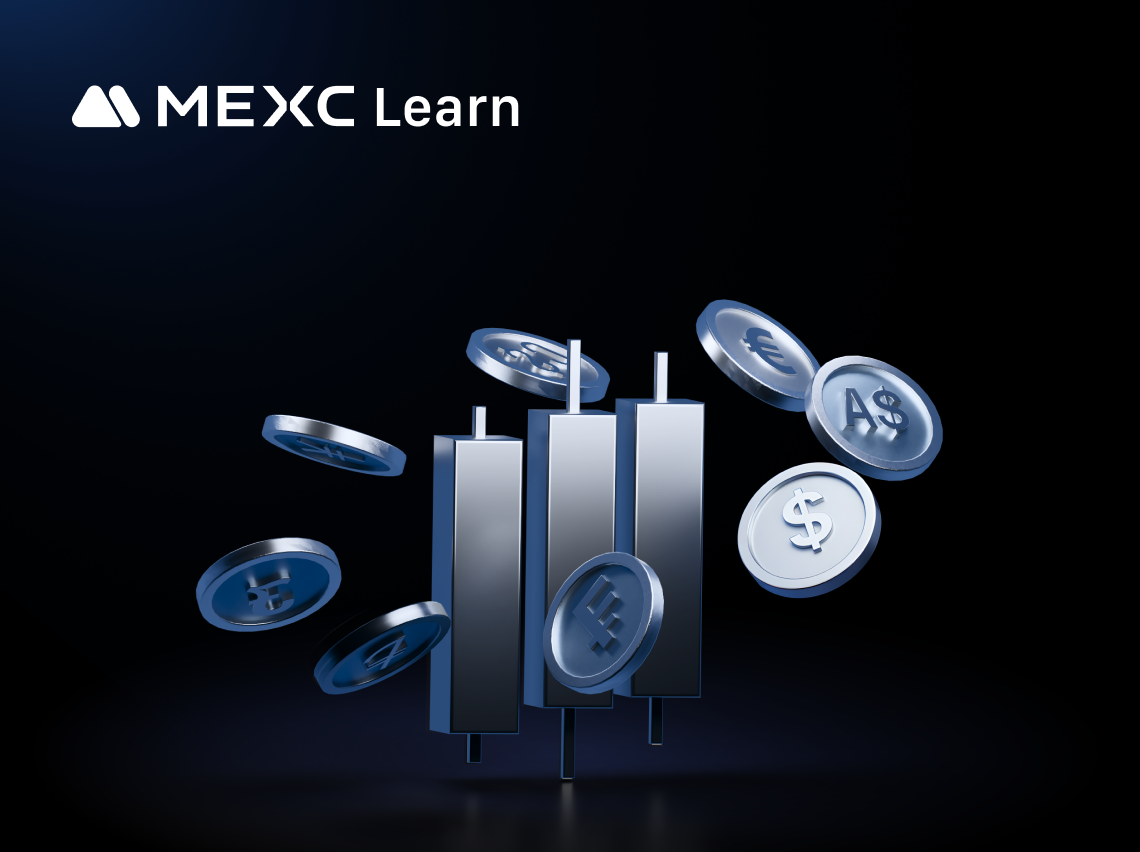
SACHICOIN Price Prediction 2026: Investment Guide to Solana's Cutest Memecoin
Core Overview SACHICOIN (SACHI) is a community-driven memecoin built on the Solana blockchain, inspired by a real Scottish Fold cat named Sachi. As the "cutest force on Solana," SACHI represents more

JESSE (JESSE) Spot Trading Platform Comparison: Why MEXC Leads the Market
Choosing the right JESSE (JESSE) spot trading platform can significantly impact your trading success. MEXC stands out among cryptocurrency exchanges with superior features, competitive fees, and enhan
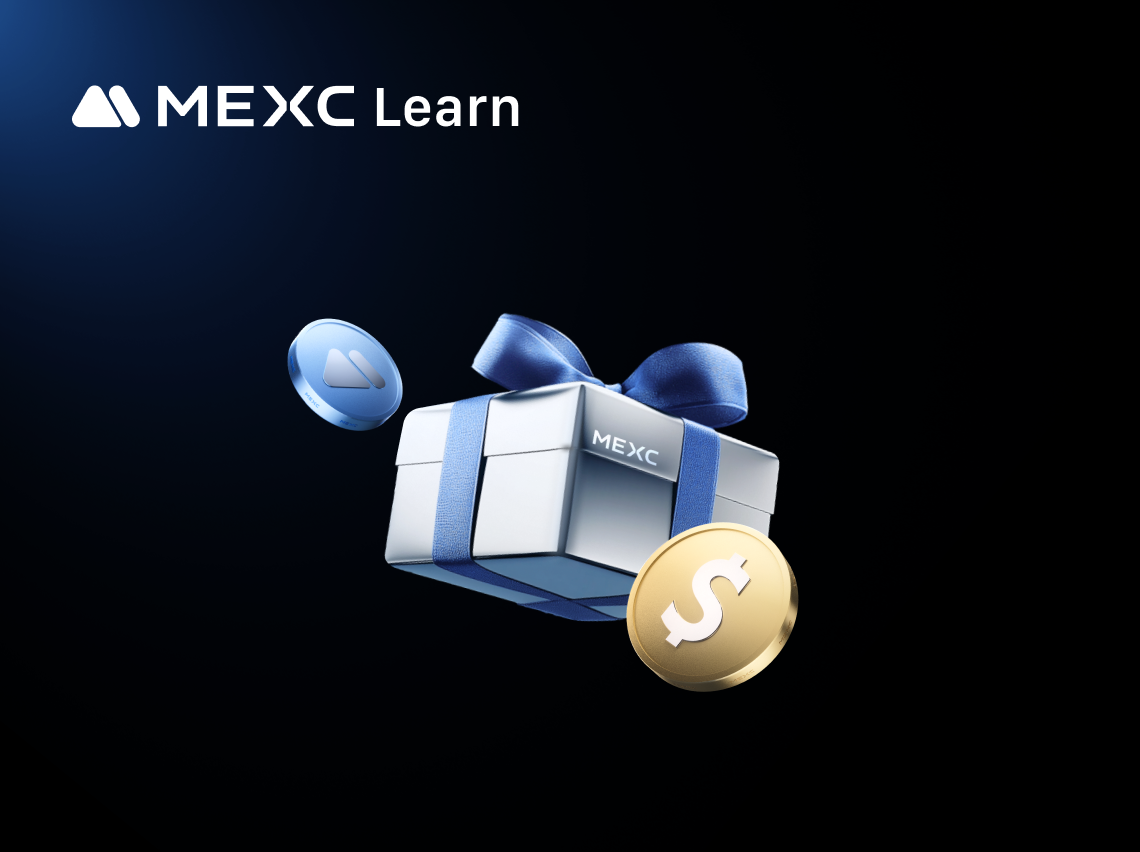
JESSE (JESSE) Real-Time Price and Market Analysis
The crypto market moves fast, and the live JESSE (JESSE) price helps traders stay up to date. This article highlights today's JESSE cryptocurrency price, short-term performance, and the main factors i
Trending News

DWF Labs partners with MemeCore, with MemeCore token up 333% since September
PANews reported on September 18 that according to official news from DWF Labs, it announced a partnership with MemeCore to support the first L1 project designed specifically for Meme 2.0. The project'
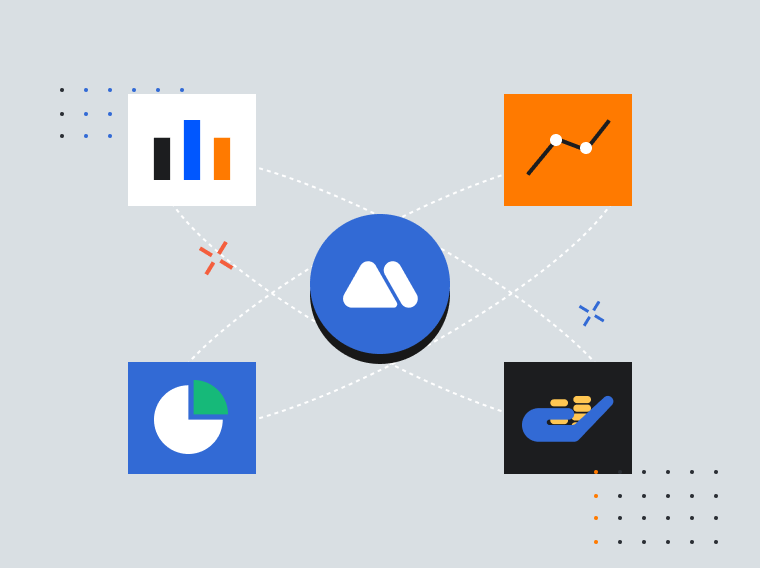
Ethereum ETF Triumph: $55.6 Million Inflow Breaks 9-Day Dry Spell
BitcoinWorld Ethereum ETF Triumph: $55.6 Million Inflow Breaks 9-Day Dry Spell After nine long days of outflows, the Ethereum ETF market just witnessed a remarkable turnaround that has investors buzzi

3 Paradoxes of Altcoin Season in September
The post 3 Paradoxes of Altcoin Season in September appeared on BitcoinEthereumNews.com. Analyses and data indicate that the crypto market is experiencing its most active altcoin season since early 20

Saylor Finally Breaks Silence Amid Devastating Bitcoin Price Crash
The post Saylor Finally Breaks Silence Amid Devastating Bitcoin Price Crash appeared on BitcoinEthereumNews.com. Former Strategy CEO Michael Saylor has finally broken his silence amid the ongoing Bitc
Related Articles

Is It a Good Time to Buy Bitcoin? What You Need to Know
Bitcoin's price movements keep investors guessing about the right moment to enter the market. This article examines the key factors that influence Bitcoin investment decisions, including market condit

When Will the Last Bitcoin Be Mined? Complete Timeline Explained
Bitcoin has a fixed supply cap of 21 million coins, hardcoded into its protocol to create digital scarcity similar to gold. If you've wondered when the last bitcoin will be mined, the answer is around

What Does BTC Stand For? Your Bitcoin Starting Point
If you've been scrolling through financial news or social media lately, you've probably seen "BTC" pop up everywhere. Maybe you're wondering what this three-letter code actually means, or why

What is Fogo (FOGO)? The Complete Guide to the Ultra-Low-Latency SVM Layer-1
TL;DR1) Fogo is a high-performance Layer-1 blockchain fully compatible with the Solana Virtual Machine (SVM), built for extremely low-latency execution of DeFi applications.2) Its custom Firedancer-ba
